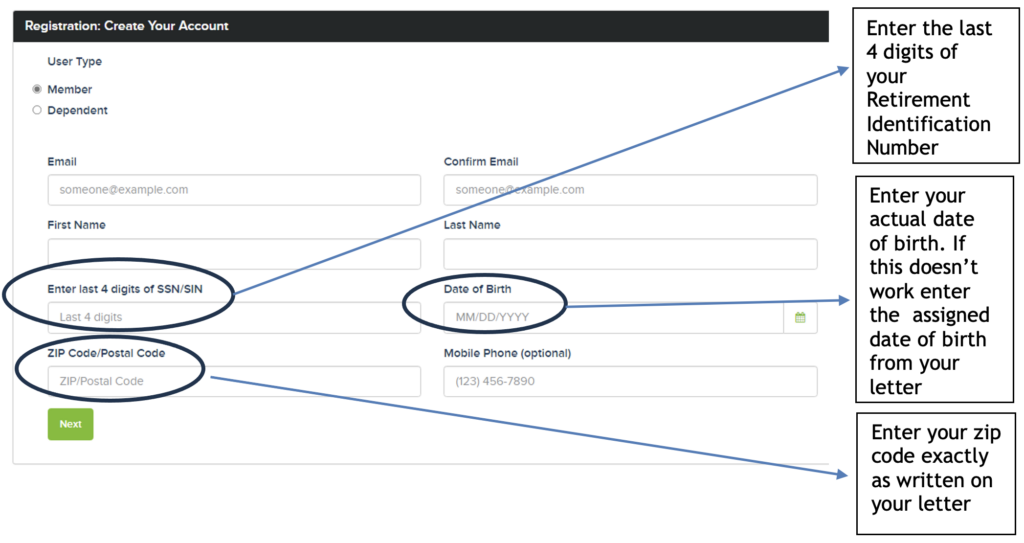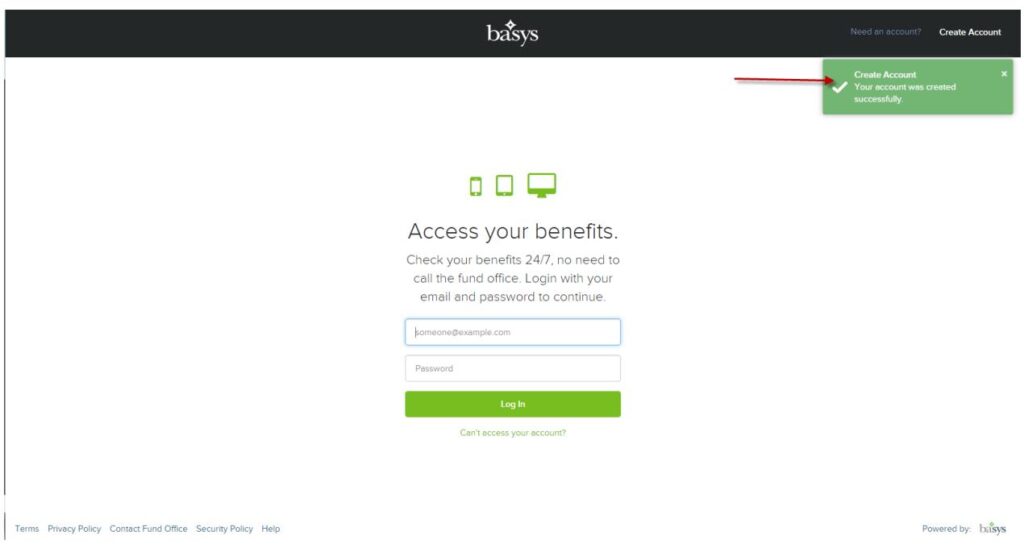For Immediate Release
September 22, 2025
Contact: Maya Polon, maya@paschalroth.com
SACRAMENTO, CA – Today, members of Child Care Providers United (CCPU) – the union representing more than 60,000 family child care providers in California – celebrated as months of negotiations, rallies, marches and vigils, culminated in members overwhelmingly ratifying their third contract with the State of California. The state ratified CCPU’s 2025-28 contract in SB 151 allowing providers to see overdue stabilization payments by the end of 2025.
Ana Valentino, a child care provider in Los Angeles County and member of CCPU’s negotiating team shared, “providers pour our heart and soul into providing quality care for our children. Yet, many of us struggle to make ends meet. The stabilization pay won in this contract provides us with some immediate relief to the rising costs of food, gas, and housing. It is a step forward toward securing pay that covers the true cost of care. We look forward to continuing to work with the state on permanent solutions to stabilize our profession and expand access to care for California’s working families.”
Key provisions of the contract include:
- $37 million ongoing, per year in Cost-of-Living Adjustments
- $90 million one-time stabilization payments
- $80 million ongoing, per-year retirement funding
- $100 million ongoing, per-year health care funding
- $15 million ongoing, per-year for training and continuing education
- Ability to re-negotiate rate increases if the legislature allocates more money in future budgets
- A clearer timeline of reforming provider pay and a commitment to start paying providers at the start of the month to avoid continued issues with end-of-the-month payment delays, leaving providers putting bills on credit cards
- Continuing payment by the number of children enrolled in care instead of daily attendance numbers.
“Providers fought for and won a contract we can be proud of, one that protects our healthcare benefits and positions us to truly transform the child care system our whole state counts on,” added Anita Vicini, a child care provider in Tuolumne County and member of CCPU’s negotiating team. “As someone who relies on life-saving medication, securing our healthcare coverage in this contract means everything. I’m proud we pushed back when the state put these benefits – and lives like mine – on the chopping block. Fighting for quality care for children in our communities means fighting to take care of our health.”
This contract was made possible by the tireless work of child care providers who took time away from their families and their businesses to organize, mobilize, and negotiate; by state legislators who listened to their constituents and prioritized COLAs for providers in the 2025-26 state budget; and by Governor Newsom’s commitment to continuing to listen to and be guided by provider input.
“We were greatly hindered at the beginning of the pandemic when attendance dropped, as kids stayed home sick. Switching to payment by enrollment was, and continues to be, a lifeline for providers and families, helping many working parents find care more easily and allowing us to keep our doors open. Now I can count on consistent income, which makes it possible to pay for our mortgage, utilities, and food,” said Yolanda Thomas, a child care provider in Contra Costa County and member of CCPU’s negotiating team. “In my 25 years as a child care provider, I’ve bonded with close to 100 kids—cooking them meals, putting them down for naps, and giving them the high-quality care and early education they deserve. Our contracts have brought stability and real progress, but the fight isn’t over. We must be paid the true cost of care so providers can earn, and pay our staff, a living wage.”
Providers now look ahead as they begin meeting with the State of California in October to work towards reaching a final path to full reimbursement for the cost of providing care. Currently, according to state data, 73% of California child care providers caring for children in state programs do not pay themselves a salary due to inconsistent, low pay from the state that does not cover the full cost of providing care. Providers also work far more than 40 hours a week, with many providers providing round-the-clock care and reporting getting as little as 3 hours of sleep each night.
While the benefits won in the 2025-28 contract ensures one-time stabilization funding to stem the tide of providers closing their doors every day due to low pay – an average of 24 per day – only by paying providers enough to cover the true cost of care can the state retain talent in the industry long term. Reforming provider pay benefits our whole state; working parents need stable child care to continue going to work as janitors, nurses, and delivery drivers. Any agreements reached with the state on payment for the full cost of care can be enacted as early as the 2026-27 state budget.
###
Child Care Providers United brings together 60,000 family child care providers across California and is a partnership of SEIU Local 99, SEIU Local 521 and UDW/AFSCME Local 3930.





